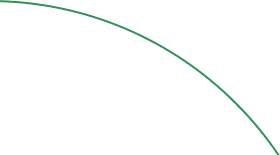



Essential Time-Domain to s-Domain Transform Relationships
Standard Laplace Transform Pairs are the fundamental building blocks of s-domain analysis, providing essential relationships between common time-domain functions and their s-domain counterparts. These pairs serve as the engineer's reference library, enabling rapid conversion between time and frequency representations without performing complex integrations. They form the foundation for solving differential equations, analyzing system responses, and designing control systems across all engineering disciplines.
Transient Response and Filter Design
Uses transform pairs to analyze RLC circuits, design filters, and predict system behavior
Transfer Functions and System Response
Applies pairs for stability analysis, controller design, and performance optimization
Vibration and Dynamic Response
Analyzes spring-mass-damper systems, structural dynamics, and oscillation problems
System Characterization and Filter Design
Characterizes linear systems, designs analog filters, and analyzes signal responses
Before memorizing tables, understand the patterns and physical meanings:
Basic pairs combine through linearity to form complex system responses
Each pair represents a specific physical behavior pattern in engineering systems
s-domain forms directly reveal system poles and characteristic behavior
Same pairs appear across all engineering disciplines and system types